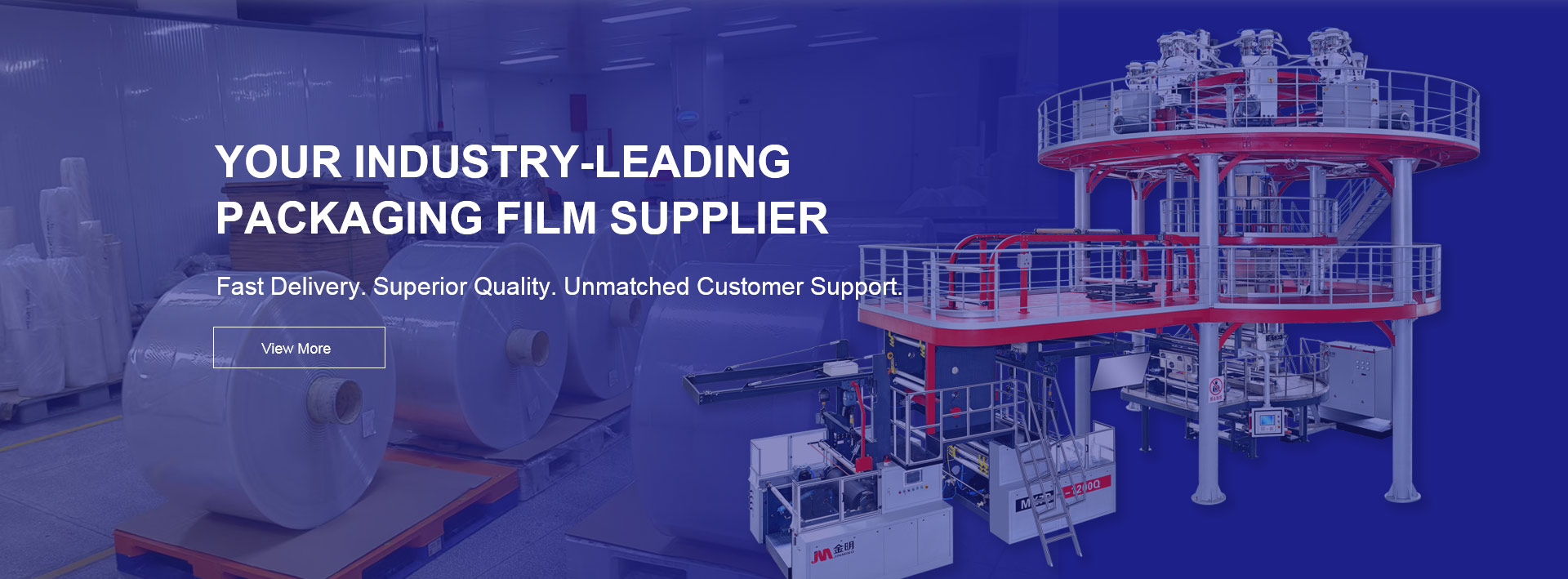
Vacuum Pouches are essential for modern food storage, keeping products fresh for longer while reducing waste and protecting flavor. Choosing the right pouch involves balancing material quality, thickness, sealing performance, and intended application. Understanding these factors ensures that your food remains in top condition from kitchen to freezer.
The material composition of a vacuum pouch determines its durability, oxygen resistance, and clarity. The most common materials include:
| Material Type | Description | Typical Use |
|---|---|---|
| PA/PE (Nylon/Polyethylene) | Excellent balance between flexibility and barrier protection. | Suitable for frozen and refrigerated foods. |
| PET/PE (Polyester/Polyethylene) | High transparency and strength, often used for display packaging. | Ideal for retail food packaging and sous-vide cooking. |
| EVOH/PE | Superior oxygen barrier, extending shelf life significantly. | Used for processed meat, cheese, and dried goods. |
| Multi-layer co-extruded film | Combines multiple materials for advanced protection and durability. | Common in industrial or export food packaging. |
When selecting the right pouch, consider your product’s sensitivity to air and moisture. For example, oily foods benefit from EVOH layers, while dry goods can use standard PA/PE combinations.
The thickness of a vacuum pouch is measured in microns and affects puncture resistance and sealing reliability. Common grades include:
70–90 microns: Suitable for light food items such as fruits or pastries.
90–120 microns: Ideal for general household or commercial use.
120–200 microns: Designed for sharp-edged or heavy products like meat cuts and seafood.
A thicker pouch provides better protection but may require stronger sealing equipment. Balancing thickness and flexibility ensures both durability and efficient vacuum sealing.
A vacuum pouch’s performance also depends on how well it seals. Consider the following:
Heat seal strength: Reliable seals prevent air leakage during long-term storage.
Surface texture: Embossed or channel-type pouches allow air extraction even in smaller vacuum machines.
Temperature resistance: For sous-vide or boiling applications, pouches must withstand up to 100°C or higher.
Equipment compatibility: Ensure the pouch matches your vacuum sealer type—chamber, external, or handheld.
Testing sample batches is an effective way to verify sealing performance before mass use, especially for commercial kitchens or export-oriented packaging operations.
When storing food, pouch materials must comply with international safety standards. Look for pouches that are:
BPA-free and non-toxic, ensuring no harmful migration to food.
FDA and EU approved, confirming they meet global hygiene regulations.
Odorless and transparent, to maintain the product’s visual appeal and taste integrity.
Reputable manufacturers such as JINBORUN provide certified vacuum pouches that meet these safety and quality requirements. Their food-grade PA/PE and co-extruded vacuum bags are widely used in both domestic and industrial preservation applications, offering consistent sealing strength and freshness retention.
Different foods require different pouch characteristics. Selecting based on application helps maximize performance:
| Food Type | Recommended Pouch | Key Advantage |
|---|---|---|
| Fresh meat & seafood | 120–160 micron PA/PE or EVOH/PE | Strong oxygen barrier prevents discoloration and odor. |
| Cheese & processed meat | EVOH/PE multi-layer | Extends shelf life by reducing oxidation. |
| Dried fruit & nuts | PET/PE | Excellent clarity and moisture resistance. |
| Ready-to-eat meals | Heat-resistant PA/PE or PET/CPP | Suitable for reheating and sous-vide processes. |
| Vegetables & grains | Standard 90–100 micron PA/PE | Affordable and flexible for daily storage. |
A well-matched pouch enhances both presentation and protection, ensuring your food retains its original flavor and nutritional value.
Modern consumers and businesses are paying more attention to sustainable packaging. Some vacuum pouches now use recyclable PE structures or biodegradable materials. When choosing a pouch, evaluate whether it can be disposed of or recycled easily after use. Balancing environmental impact with food safety is an increasingly important factor for food brands seeking long-term sustainability.
Selecting the best vacuum pouch for food preservation requires understanding the relationship between material, thickness, sealing performance, and intended application. A high-quality vacuum pouch not only keeps food fresher for longer but also maintains flavor, texture, and color.
JINBORUN offers a wide range of professional vacuum packaging solutions with certified materials, durable barrier properties, and excellent sealing reliability. Whether for household, restaurant, or industrial use, their vacuum pouches deliver the freshness and safety that global buyers demand.